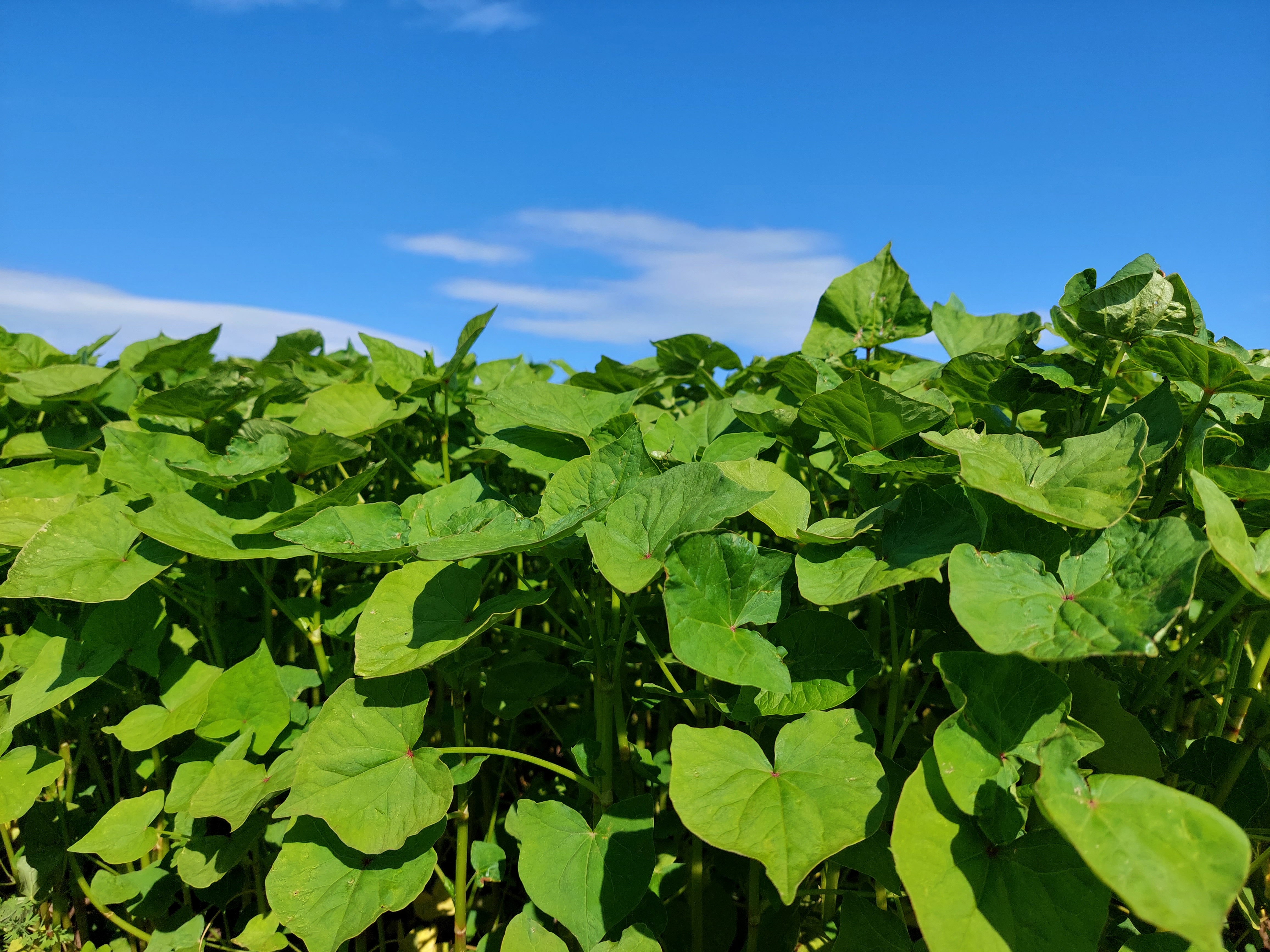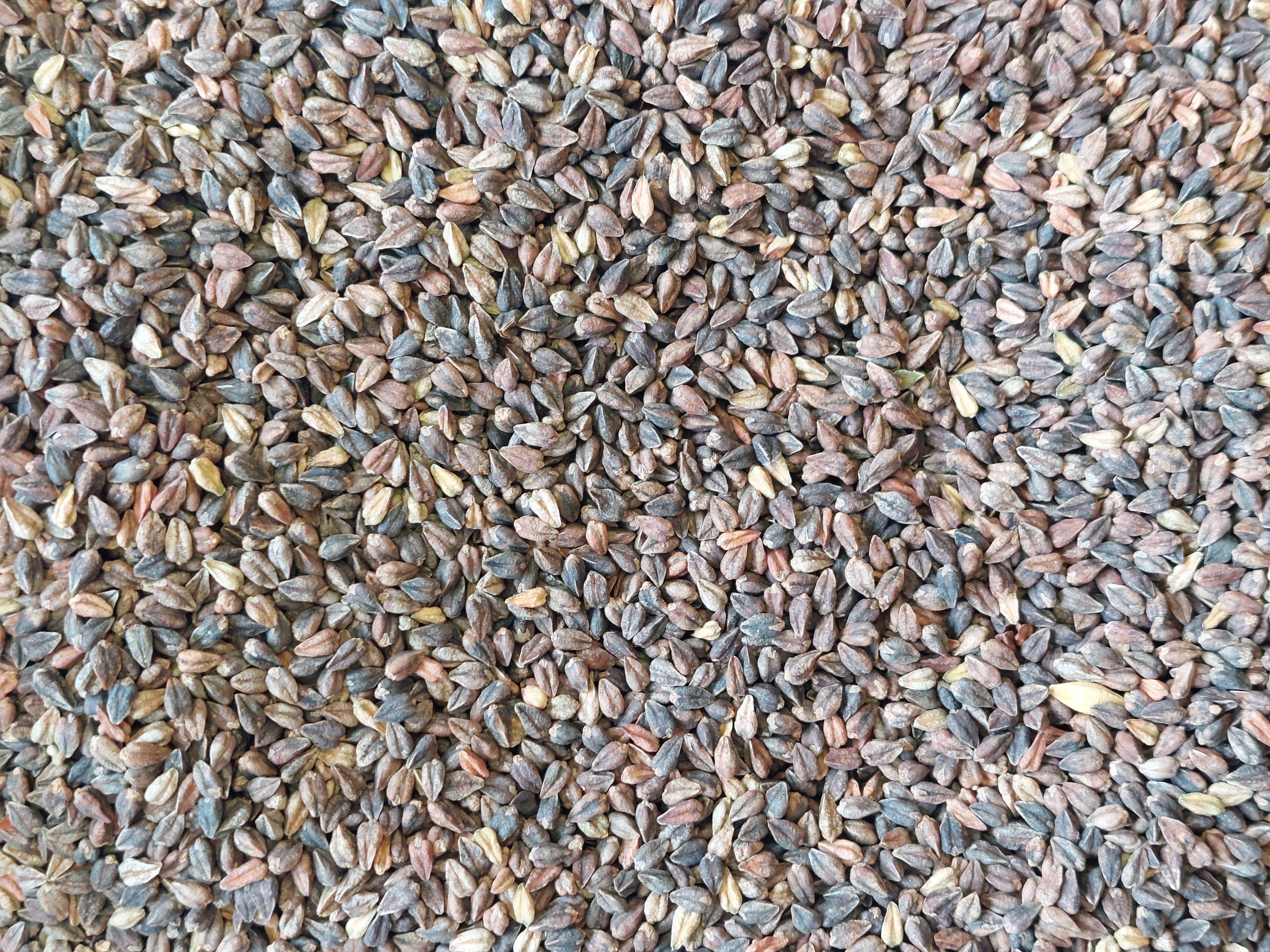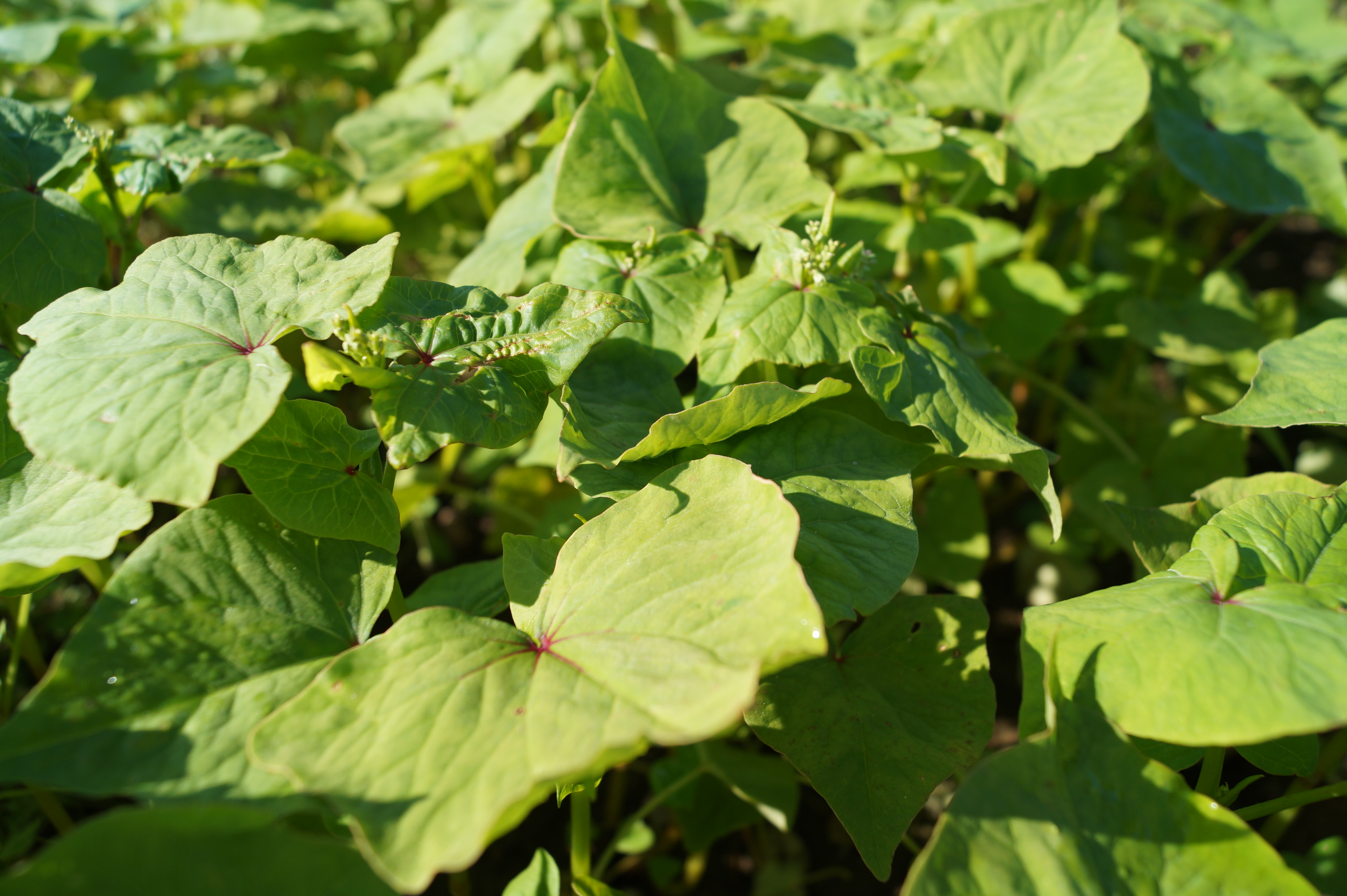International
Catch crops
TABEA buckwheat
Advantages
Late flowering variety for additional nutrient uptake
Name addition
buckwheat
- Tartary buckwheat flowers much later than True buckwheat and contains bitter substances
- TABEA has a very low flowering tendency and thus a low risk of seeding
- Absorbs phosphorus and makes it available to the following crop
- Very fast youth development and soil cover with excellent weed suppression - ideal partner in catch crop mixtures
- Freezes very reliably at just a few degrees below zero
- Bitter substances protect against browsing by game when young
- Tartary buckwheat has a lower TKG (12 - 15 g) than True buckwheat
General description
General description
| - - - - | - - - | - - | - | 0 | + | + + | + + + | + + + + |
---- = very low resistance/early/short, ++++ = very high resistance/late/long
Agronomic features
Weed suppression









Protection against erosion









Ground water protection / Nitrogen conservation









Humus formation









Cold- and frost resistance









Drought tolerance









Type of root
Tuft root
Rooting depth
30 cm
Representative
P.H. Petersen Saatzucht Lundsgaard GmbH
All variety descriptions have been prepared in accordance to the best of our knowledge, considering trial results and observations. A guarantee or a liability in individual cases is not possible, because the growth conditions are subject to substantial fluctuations.
Cultivation
Crop rotation suitability
Maize
+
Cereals
+
Oilseed rape
+
Sugar beets
+
Potatoes
+
Intensive crops
+
Legumes
+
Cultivation recommendations
Recommended sowing rate
40-60 kg/ha
Sowing depth
3 cm
Sowing period
Early June until mid-August as a cover crop
Fertilization
Buckwheat has a good mineral assimilation capacity. Nitrogen mainly promotes leaf growth, which prolongs flowering, delays ripening and promotes storage fruit. Nitrogen fertilisation should be done in one application at sowing time with a maximum of 40 kg N/ha.
Crop protection
Usually there is no plant protection required
Sowing method
Drill seed recommended
Representative
P.H. Petersen Saatzucht Lundsgaard GmbH
All variety descriptions have been prepared in accordance to the best of our knowledge, considering trial results and observations. A guarantee or a liability in individual cases is not possible, because the growth conditions are subject to substantial fluctuations.



